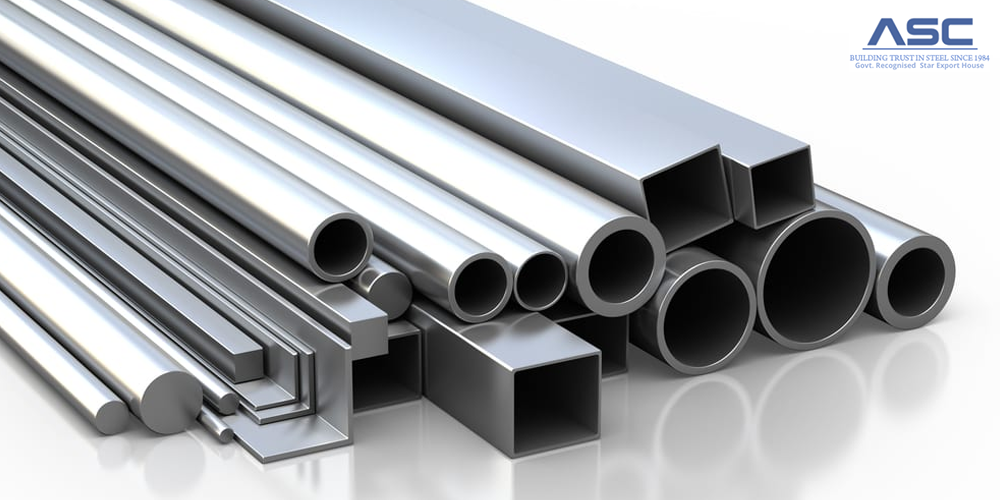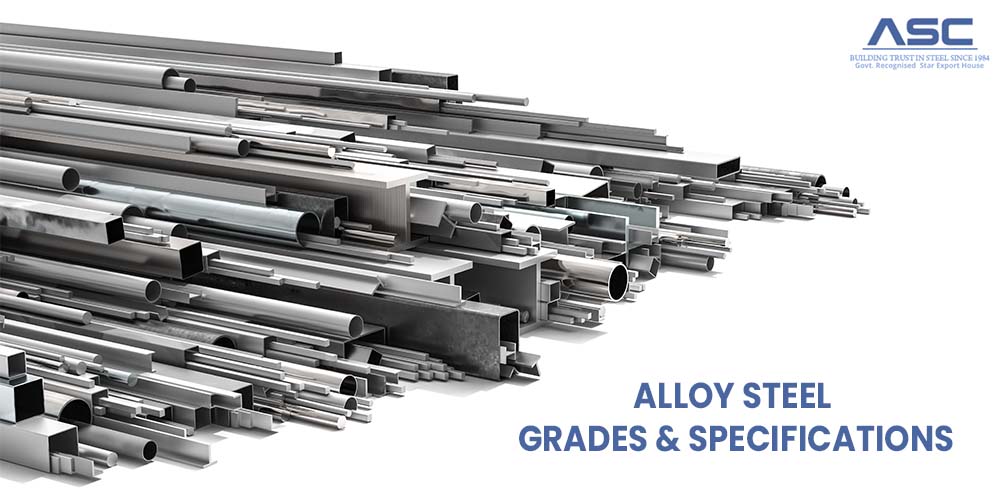Density of Stainless Steel 304
by AMC
Posted on May 12, 2023 at 11:25 AM

Stainless steel 304 and 304L are alternatively known as 1.4301 and 1.4307 respectively. Stainless steel 304 is
the most versatile and widely used type of stainless steel, also known by its former name 18/8, derived from
its nominal composition of 18% chromium and 8% nickel. This austenitic grade is highly deep-drawable, making
it popular for use in sinks and saucepans. Stainless steel 304L is a low carbon version of 304 and is
typically used in heavy gauge components for better weldability. Some products, such as plates and pipes, may
be available as "dual certified" material that meets both 304 and 304L criteria. Stainless steel 304H, a high
carbon variant, is also available for use at high temperatures. These properties are typical for flat-rolled
products covered by ASTM A240/A240M standards. While specifications in these standards may be similar, they
are not necessarily identical to those given in this data sheet.
The density of stainless steel 304 is 7,930 kg/m3 or 7.93 g/cm3, which equals 0.286 lb/in3. One cubic meter of
304 stainless steel weighs 7,930 kg.
The formula for calculating density (ρ) is by dividing the mass (m) of the object by its volume (V), expressed
as ρ=m/V. The International System of Units (SI) measures density in grams per cubic centimeter (g/cm3), grams
per cubic decimeter (kg/dm3), or kilograms per cubic meter (kg/m3).
| Stainless Steel | Density (g/cm3) | Density (kg/dm3) | Density (kg/m3) | Density (lb/in3) | Density (lb/ft3) |
| 304 | 7.93 | 7.93 | 7,930 | 0.286 | 495.05 |
Stainless Steel 304 Chemical Compositions
| Element | % Present |
|---|---|
| Carbon (C) | 0.07 |
| Chromium (Cr) | 17.50 - 19.50 |
| Manganese (Mn) | 2.00 |
| Silicon (Si) | 1.00 |
| Phosphorous (P) | 0.045 |
| Sulphur (S) | 0.015b) |
| Nickel (Ni) | 8.00 - 10.50 |
| Nitrogen (N) | 0.10 |
| Iron (Fe) | Balance |
Stainless Steel 304 Mechanical properties
| Property | Value |
|---|---|
| Comprehensive Strength | 210 MPa |
| Proof Stress | 210 Min MPa |
| Tensile Strength | 520 - 720 MPa |
| Elongation | 45 Min% |
Stainless Steel 304 Physical Properties
| Property | Value |
|---|---|
| Density | 8,000 Kg/m3 |
| Melting Point | 1450 °C |
| Thermal Expansion | 17.2 x 10-6 /K |
| Modulus of Elasticity | 193 GPa |
| Thermal Conductivity | 16.2W/m.K |
| Electrical Resistivity | 0.072 x 10-6 Ω .m |
Stainless Steel 304 Corrosion Resistance
Stainless steel 304 exhibits excellent corrosion resistance in various environments and when exposed to different corrosive media. However, it may experience pitting and crevice corrosion in environments that contain chlorides. Additionally, stress corrosion cracking may occur when exposed to temperatures above 60°C.
Stainless Steel 304 Heat Resistance
Stainless steel 304 exhibits good oxidation resistance in intermittent service up to 870°C and in continuous service up to 925°C. However, it is not recommended for continuous use between 425°C and 860°C. In this case, 304L is preferred due to its resistance to carbide precipitation. When high strength is required at temperatures ranging from 500°C to 800°C, grade 304H is recommended. This material retains aqueous corrosion resistance even at elevated temperatures.
304 Stainless steel Heat Treatment
To harden stainless steel 304, heat treatment is not a suitable option. However, one can perform solution treatment or annealing by heating the material to a temperature range of 1010-1120°C and then quickly cooling it.
304 Stainless steel Applications
- Saucepans
- Springs, screws, nuts & bolts
- Sinks & splash backs
- Architectural paneling
- Tubing
- Brewery, food, dairy and pharmaceutical production equipment
- Sanitary ware and troughs
Knowing the density of stainless steel is essential because it allows for the calculation of the metal's
weight based on its volume.
- This calculation is helpful in many situations, such as when metal manufacturers need to determine the weight of the metal to be melted before casting, using the volume of the mold and the density of the metal.
- Additionally, the density of stainless steel is used to calculate the weight of various products, such as steel wire, steel plate, steel pipe, and section steel.
In conclusion, stainless steel 304 is a widely used and versatile material that offers excellent corrosion resistance in various environments. While it cannot be hardened by heat treatment, it can undergo solution treatment or annealing to achieve desired properties. It is important to know the density of stainless steel as it allows for the calculation of the metal's weight based on its volume, which is essential in various manufacturing processes. Overall, stainless steel 304 is a reliable and popular choice for applications ranging from sinks and saucepans to heavy gauge components requiring improved weldability.

What is Alloy Steel | Types, Properties, Applications & Grades
Alloy steel is made by combining a number of different elements, such as silicon, chromium, molybdenum, boron, vanadium, nickel, aluminum, etc.

.jpg)